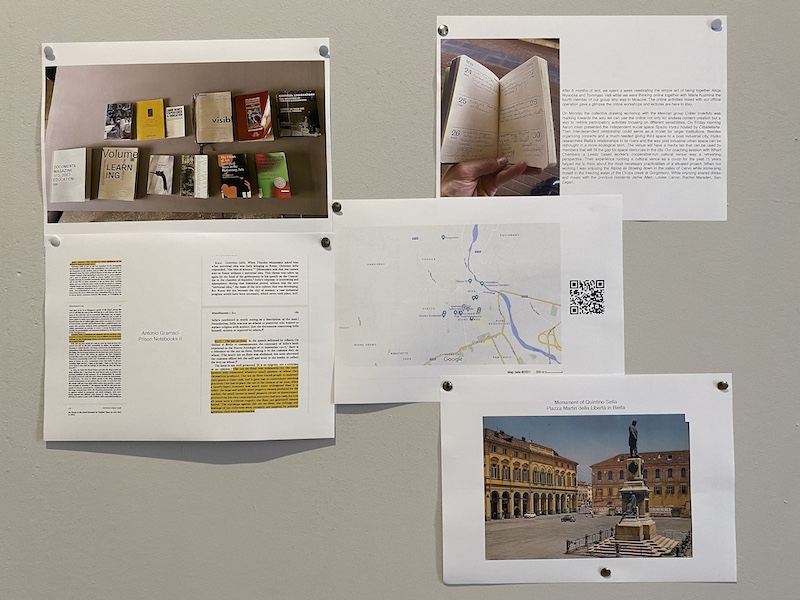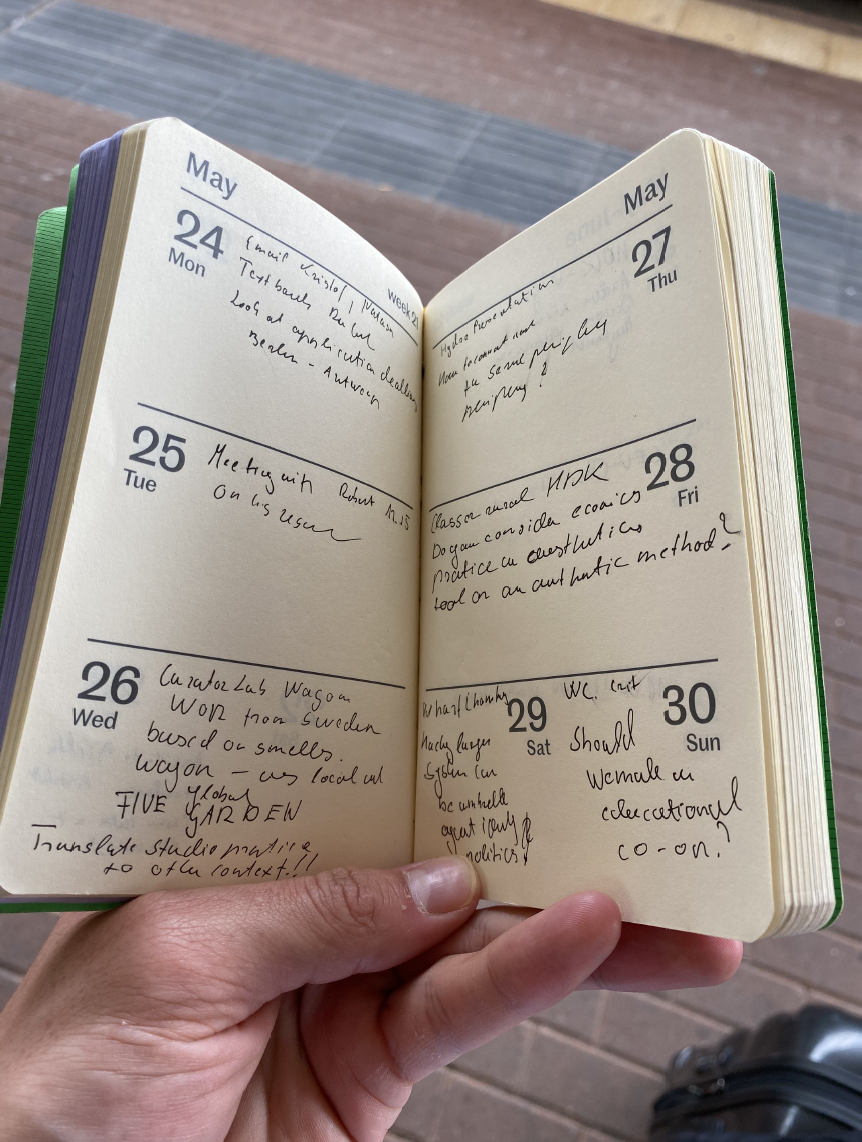END OF RESIDENCY WEBZINE
ABOUT
RESIDENTS
SEMINARS
TRACES
PHOTOS
Krisztián Gábor
Török
I am curator and writer. My research has been looking at socially engaged art, with a strong focus on educational practices in the Central Eastern European region. Past two years I have been working with Minitremu the Romanian educational project of the duo Monotremu, through which I became interested in the potential of art education as a vehicle for civil actions. My curatorial practice questions the hegemony of exhibition making using alternative formats to present artistic process such as publications, peer learning groups, discursive platforms and workshops. My practice lays in the intersection of alternative pedagogies, institutional critique and socially engaged art.
During the residency I would like to discuss the series of upcoming project we will do with Minitremu working as artist and curators in the existing infrastructure of education, with a strong focus on local specificity in ethnically diverse regions as Transylvania.

A moment of connection
After 6 months of lent, we spent a week celebrating the simple act of being together Alicja Wysocka and Tommaso Valli while we were thinking online together with Maria Kuzmina the fourth member of our group who was in Moscow. The online activities mixed with our offline operation gave a glimpse the online workshops and lectures are here to stay.
On Monday the collective drawing workshop with the Mexican group Cráter Invertido was marking towards the way we can use the online not only for endless content creation but a way to rethink participatory activities focusing on different sensibilities. On Friday morning Aaron Inker presented the independent social space Spazio Hydro hosted by Cittadellarte. Their interdependent relationship could serve as a model for larger institutions. Besides organizing concerts and a much-needed giving third space to a post industrial city, Hydro researchers Biella’s relationships to its rivers and the way post industrial urban space can be rethought in a more ecological term. The venue will have a media lab that can be used by members that will fill the gap for space resources in the city. Our coaching session with Wharf Chambers a Leeds based worker’s cooperative-run cultural venue was a refreshing perspective. Their experience running a cultural venue as a co-op for the past 11 years helped me to think about the most necessary practicalities of a situated project. When not working I was enjoying the Alpine air blowing down in the valley of Cervo while immersing myself in the freezing water of the Oropa creek at Gorgomoro. While enjoying shared drinks and meals with the previous residents Jamie Allen, Louise Carver, Rachel Marsden,San Zagari.
A moment of realisation, change and/or disruption
My conversation with Dr. Jade French helped me to understand the way one can work within the institutional system while also escalating change within. Starting in Art Academies and Universities we must rethink what framework of assessment use to valuate students. French work with disabled artist showed her how their works rub up against traditional notions quality and them. The work cultural workers who work education / learning / facilitation should be more radical to co-design what assessment is with their students.
Any tools / methods / resources to share
I would like to share the work of the Mexican artist
Daniel Godínez Nivón who is a continues inspiration. His work Tequiografías (2010-2020) are my key example to define a socially engaged artistic practice that works both inside and outside the art economy and uses stationary shops a circulatory networks to disseminate non hegemonic epistemologies of indigenous communities in Mexico. I have written a text about this work which you can read
here.
A question you are left with
When I talk about alternative art education do I talk about learning, facilitation or education?
